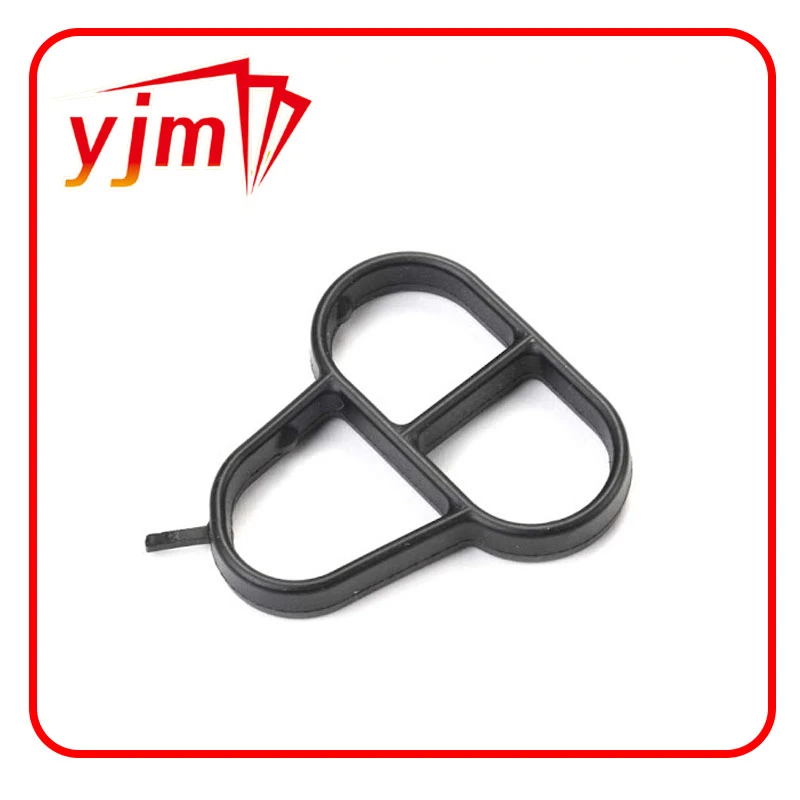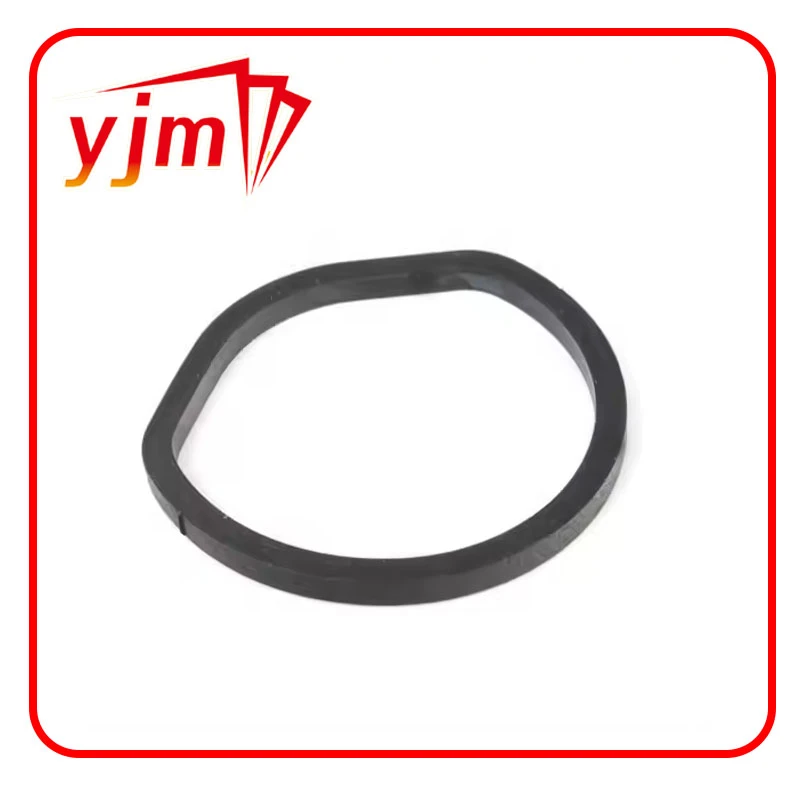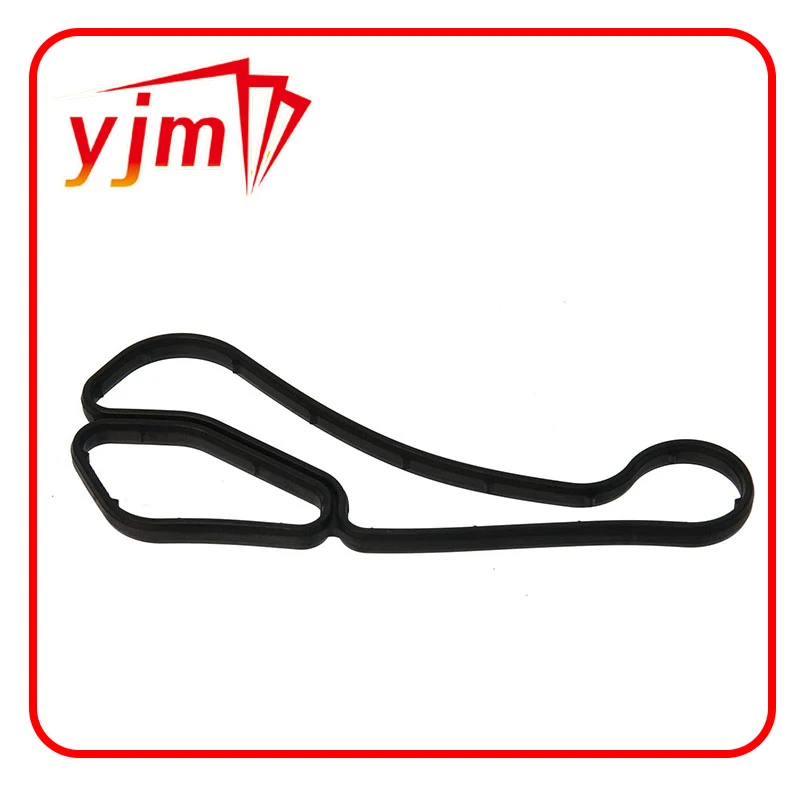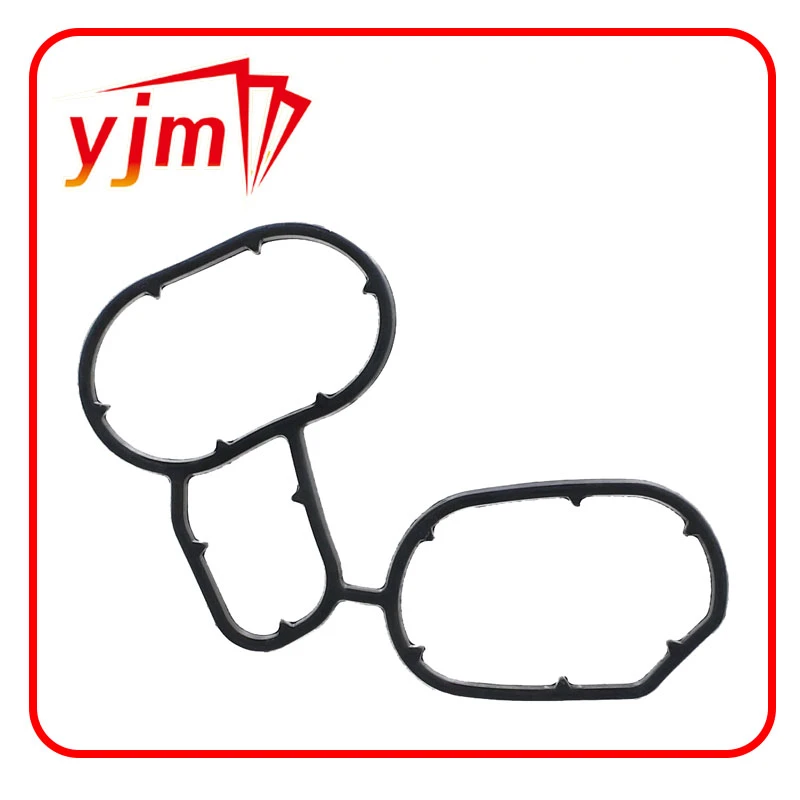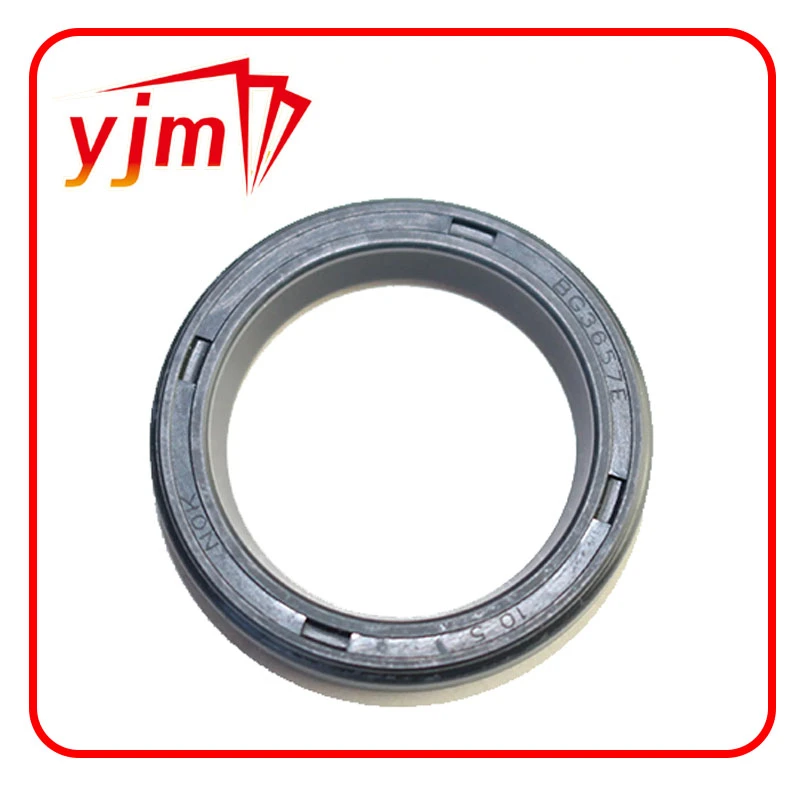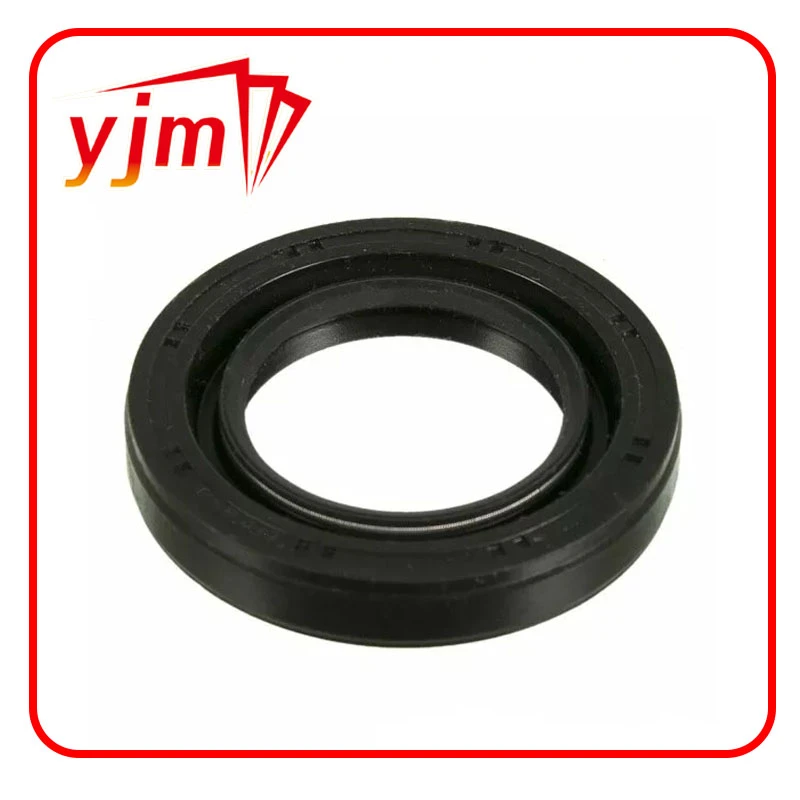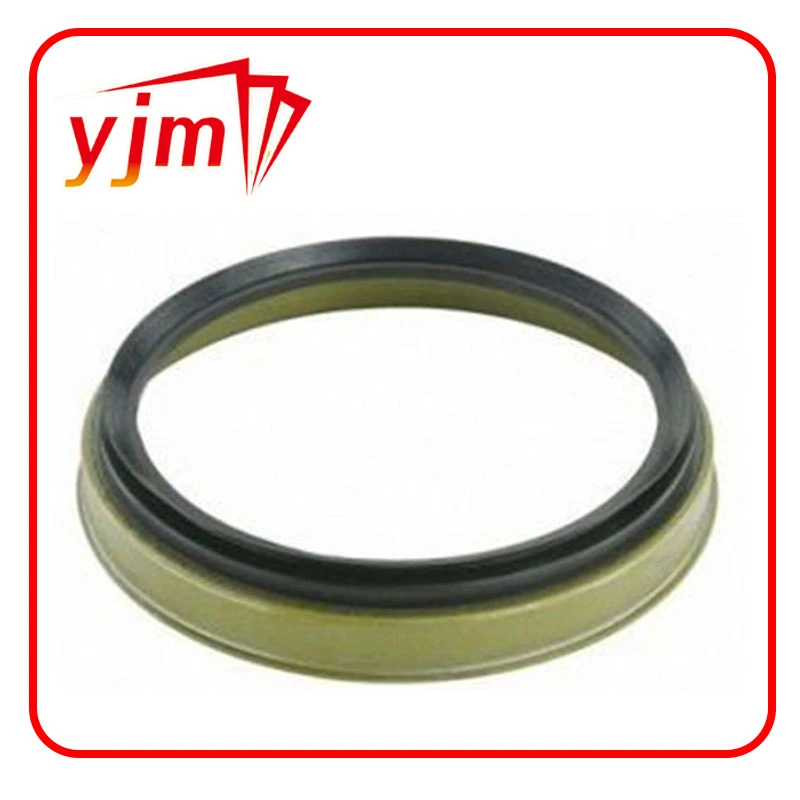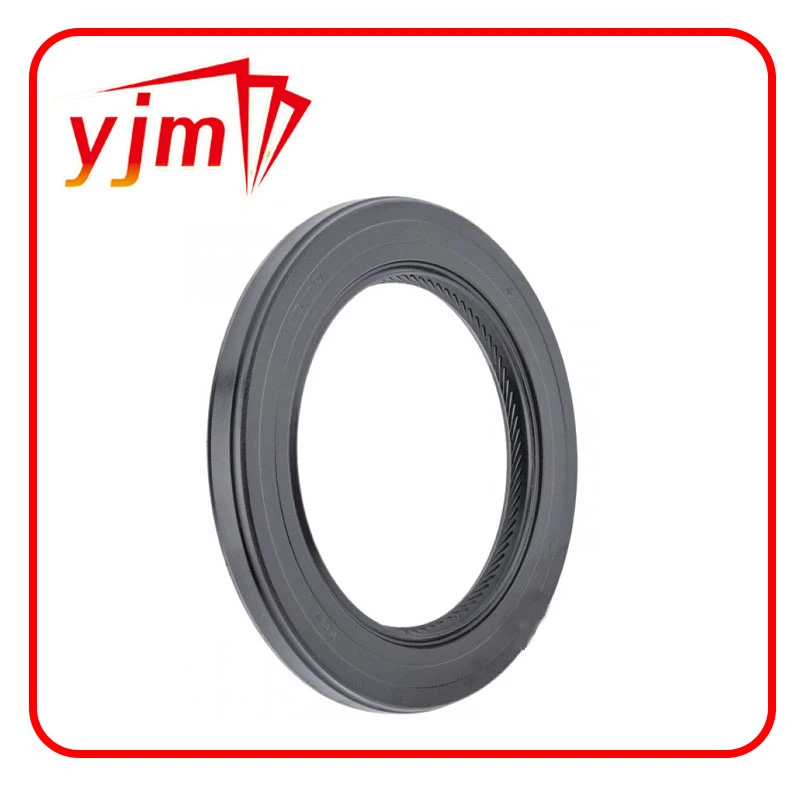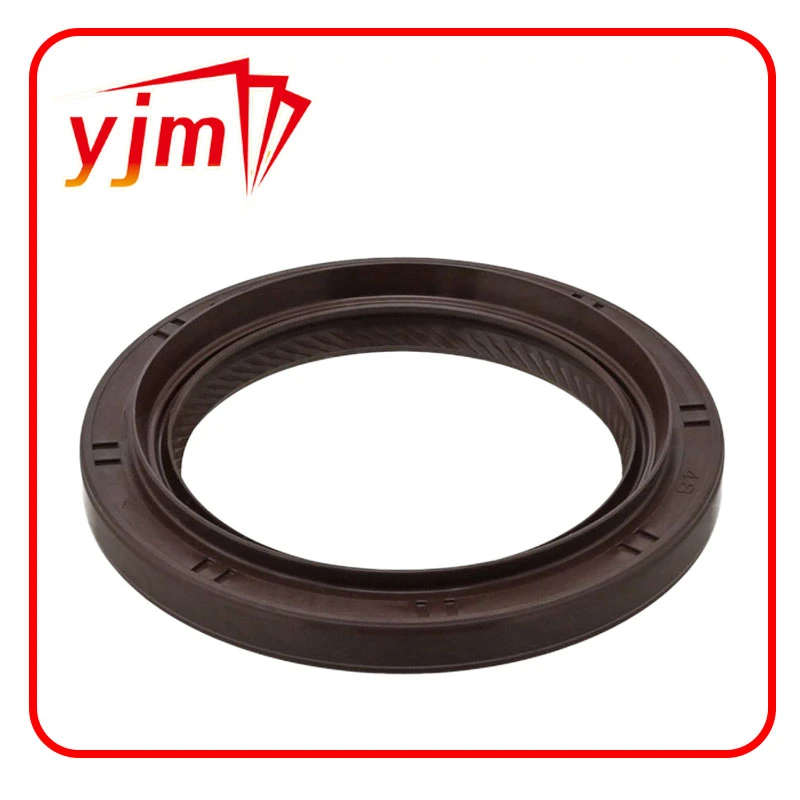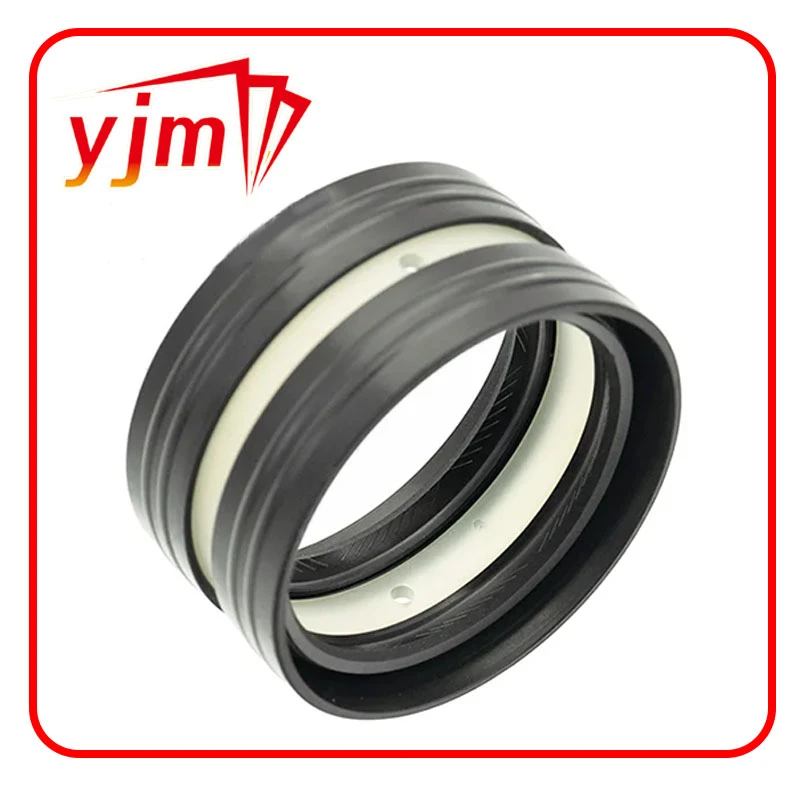Understanding Flat Gaskets: Types, Materials, and Industrial Applications
In sealing systems, gaskets play a crucial role in preventing leaks and ensuring efficient operation of mechanical components. Among the many types available, the gasket flat is one of the most widely used across various industries. Known for its simplicity and reliability, the flat gasket comes in several material options and designs, each suitable for specific applications. From the highly chemical-resistant PTFE flat gasket to the widely used rubber flat gasket, this guide explores everything you need to know about flat gaskets.
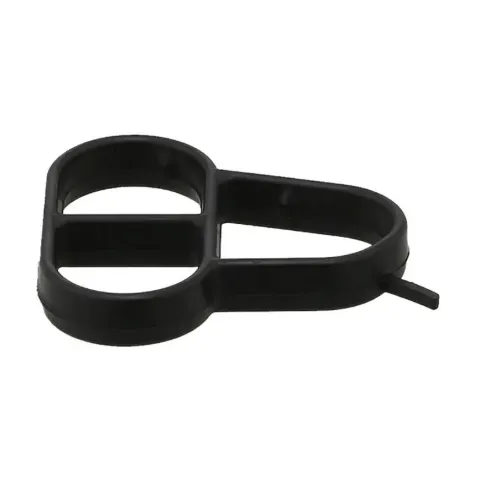
What is a Gasket Flat and When Is It Used?
A gasket flat is a mechanical seal that sits between two flat surfaces to prevent fluid or gas leakage. It's typically installed in piping systems, flanges, machinery, and industrial equipment where a tight, leak-proof seal is essential.
Flat Contact Surfaces: These gaskets are best suited for applications where surfaces meet flush or nearly flush, such as gasket flat face flanges.
Material Versatility: Available in rubber, PTFE, graphite, and other non-metallic materials, flat gaskets can be customized for different pressures, temperatures, and chemicals.
Common in Low to Medium Pressure Systems: While some materials can withstand higher pressures, most flat gaskets are designed for moderate sealing applications.
The gasket flat face system is one of the most straightforward and effective solutions in sealing technology, offering easy installation and reliable performance.
Material Matters: Choosing the Right Non Metallic Flat Gasket
The material of a non metallic flat gasket significantly affects its performance and compatibility. These gaskets are often chosen for their flexibility, cost-efficiency, and chemical resistance.
Popular Types of Non-Metallic Flat Gaskets:
Rubber Flat Gasket: Ideal for water, air, and mild chemicals. The round flat rubber gasket is commonly used in plumbing, automotive, and HVAC systems due to its elasticity and sealing efficiency.
PTFE Flat Gasket: PTFE (Polytetrafluoroethylene), commonly known by the brand name Teflon®, is highly resistant to chemicals and can operate in a wide temperature range. A PTFE flat gasket is perfect for aggressive media, such as acids or solvents, and is frequently used in pharmaceutical and food processing industries.
Compressed Non-Asbestos Gaskets: These are often fiber-reinforced gaskets made without harmful asbestos but still offer strong sealing properties. They’re used in oil, gas, and general industrial applications.
Cork and Paper Flat Gaskets: These are used in low-pressure applications, such as engines or electrical housings, where chemical exposure is minimal.
A non metallic flat gasket is generally easier to cut and install than its metallic counterpart and is suitable for systems where high flexibility is required.
Specialty Styles: Exploring the Round Flat Rubber Gasket and Gasket Flat Face Applications
Round Flat Rubber Gasket
The round flat rubber gasket is one of the most common gasket shapes used in everyday sealing tasks. These gaskets are cut into circular shapes with a flat surface profile and are found in a variety of applications:
Plumbing and Household Fixtures: Often used in faucets, garden hoses, and pipes to prevent dripping.
Automotive Applications: Used in engines and transmissions to create a flexible and durable seal.
Industrial Use: Effective in pneumatic and hydraulic systems due to rubber’s shock-absorbing properties.
Depending on the rubber compound—EPDM, Nitrile (NBR), Silicone, or Neoprene—these gaskets can resist oils, heat, weather, or steam, making them incredibly versatile.
Gasket Flat Face Applications
A gasket flat face is used in flange systems where the flange surface is entirely flat. These are commonly seen in water treatment, food processing, and chemical plants.
Flange Compatibility: It’s essential that both flanges are of the flat face type to avoid uneven pressure and ensure proper sealing.
Lower Pressure Systems: These applications usually operate at lower pressures because flat face flanges are designed to reduce warping and damage under bolt stress.
Material Pairing: For a gasket flat face setup, soft gaskets like rubber or PTFE are preferred to accommodate slight surface imperfections and ensure tight sealing.
This system prioritizes uniform compression, making it a safe and effective choice for applications where sealing surfaces need to remain undamaged.
From industrial piping to kitchen faucets, the gasket flat design continues to be a staple in sealing technology due to its simplicity, reliability, and adaptability. Whether you're using a PTFE flat gasket for chemical resistance, a round flat rubber gasket for flexibility, or selecting a durable non metallic flat gasket for general use, understanding the materials and applications is key to a successful installation.
For systems involving gasket flat face flanges or requiring high-precision sealing, choosing the correct size and material will enhance performance and safety. Ultimately, the wide variety of rubber flat gasket and non metallic flat gasket options ensures there's a solution for nearly every industrial or household need.
-
High-Quality Seal 12x22x5 for Industrial & Automotive Use | YJM Seal
बातम्या Nov.25,2025
-
Seal 12x20x5: Precision Radial Shaft Seals for Industrial Reliability
बातम्या Nov.24,2025
-
Seal 12x18x5: Essential Guide to Specifications, Applications & Vendors
बातम्या Nov.24,2025
-
Understanding Seal 12 20 5: Applications, Specifications & Industry Insights
बातम्या Nov.23,2025
-
Durable Oil Seal 85x110x12 – Reliable Sealing Solutions for Industry
बातम्या Nov.23,2025
-
Durable and Precise Oil Seal 75x95x10 for Efficient Machinery | YJM Seal
बातम्या Nov.22,2025
-
Durable Oil Seal 75x100x10 for Reliable Industrial Performance | YJM Seal
बातम्या Nov.22,2025
उत्पादनांच्या श्रेणी

